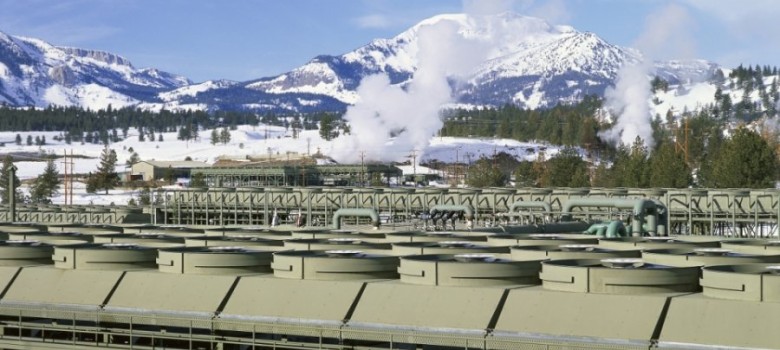
Background to the Calpine Geysers Geothermal Field
The Calpine Geysers Geothermal Field is located in Northern California, covering over 29,000 acres. In total the complex houses 15 geothermal power plants, 10 located within Sonoma County and five in Lake County.
These 15 Calpine plants have a 725MW capacity, supplying approximately 6000 GWh of electricity to the grid each year, representing 21% of California’s renewable electricity generation capacity; enough to power over 750,000 homes in the USA.
At the geysers, water deep below the Earth’s surface is exposed to hot porous and permeable rock resulting in superheated steam. Steam production wells are then drilled down (some in excess of 2 miles) to access this superheated steam, which then comes to the surface where it is used to drive conventional steam turbines.
The first commercial steam well was dug within the geothermal field in 1954, and since then a further 584 steam wells have been drilled – although now only 333 are currently used.
How Do They Keep Geyser Producing Steam?
Recognising the importance of the geyser reserve, Calpine have since 2003 been pumping reclaimed waste water from local sources down into the ground via 75 injection wells, replacing the water (steam) that is lost. Steam is lost as it has to travel to the surface to produce the electricity. If this weren’t to happen, the superheated steam reservoirs would eventually dry up, leaving the steam production wells unusable.
In total 17.8 million gallons of water are pumped down into the ground per day to keep a steady supply of superheated steam to drive the turbines. This operation has actually has had a positive impact on the local environment as prior to 2003, most of this waste water would have been pumped into local rivers
Other Environmental Impacts of the Geyser Geothermal Field
In terms of other environmental impacts of the geothermal field, evidence points to increased seismic activity as a result of the deep-well injection in the area, which is a concern for the potential to initiate earthquakes. The seismic activity resulting from operations in the region are described as micro-seismic events though, as the resulting events tend to only be between 0.5 – 3 on the Richter scale, with the largest recorded event in 1973 (where it was between 3 and 4.6).
Since this date the number of seismic events has stayed relatively constant despite an increased rate of injection. The chance of a large earthquake resulting from the drilling activities is extremely unlikely, as none of the Geothermal fields lie over a major fault line.












No Comments yet! Be the first one.